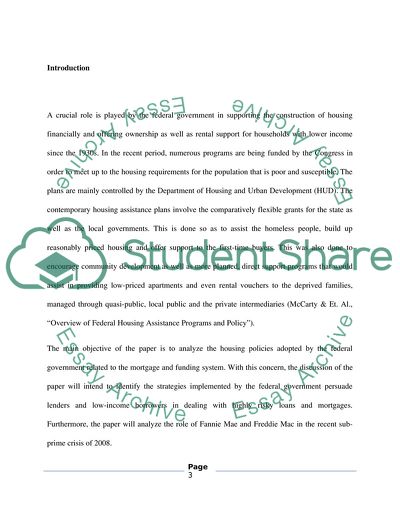Cite this document
(FEDERAL GOVERNMENT HOUSING POLICIES Term Paper Example | Topics and Well Written Essays - 1500 words, n.d.)
FEDERAL GOVERNMENT HOUSING POLICIES Term Paper Example | Topics and Well Written Essays - 1500 words. https://studentshare.org/macro-microeconomics/1757210-federal-government-housing-policies
FEDERAL GOVERNMENT HOUSING POLICIES Term Paper Example | Topics and Well Written Essays - 1500 words. https://studentshare.org/macro-microeconomics/1757210-federal-government-housing-policies
(FEDERAL GOVERNMENT HOUSING POLICIES Term Paper Example | Topics and Well Written Essays - 1500 Words)
FEDERAL GOVERNMENT HOUSING POLICIES Term Paper Example | Topics and Well Written Essays - 1500 Words. https://studentshare.org/macro-microeconomics/1757210-federal-government-housing-policies.
FEDERAL GOVERNMENT HOUSING POLICIES Term Paper Example | Topics and Well Written Essays - 1500 Words. https://studentshare.org/macro-microeconomics/1757210-federal-government-housing-policies.
“FEDERAL GOVERNMENT HOUSING POLICIES Term Paper Example | Topics and Well Written Essays - 1500 Words”. https://studentshare.org/macro-microeconomics/1757210-federal-government-housing-policies.


